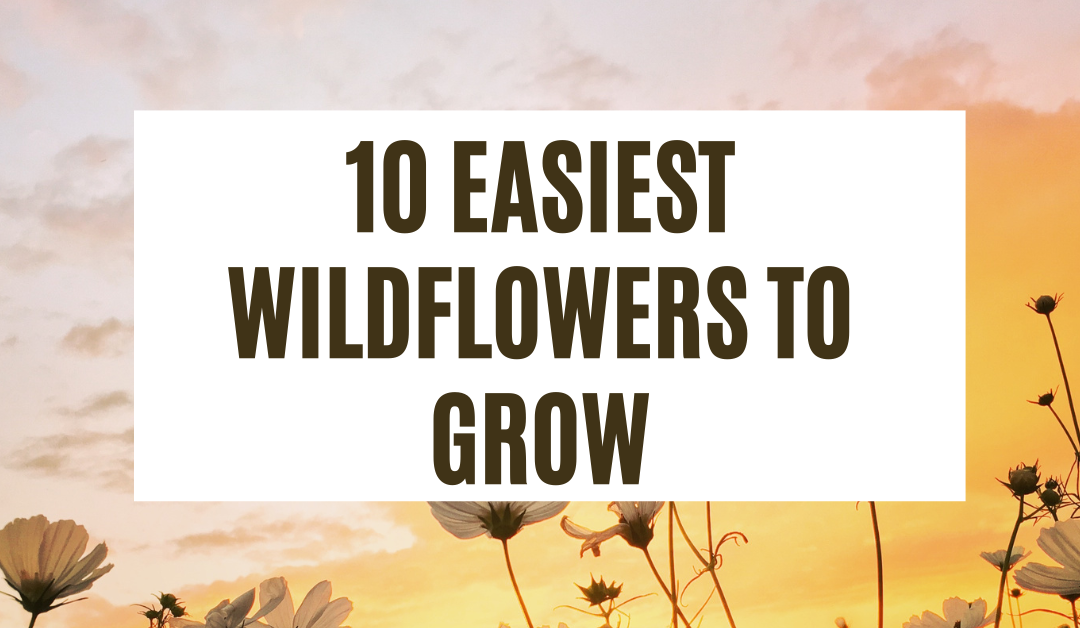Wildflowers attract beneficial insects and add beautiful color to your garden, but some varieties can be tricky to grow. If you’ve had trouble growing wildflowers in the past, you may want to look for varieties that are a little bit easier to grow and maintain. We’ve rounded up some of the easiest wildflowers to grow to make your flower garden a success this year.
Disclosure: Some of the products we recommend include affiliate links. As an Amazon Associate, I earn from qualifying purchases. We may earn a commission if you buy something through any affiliate link on our site.
10 Easiest Wildflowers to Grow
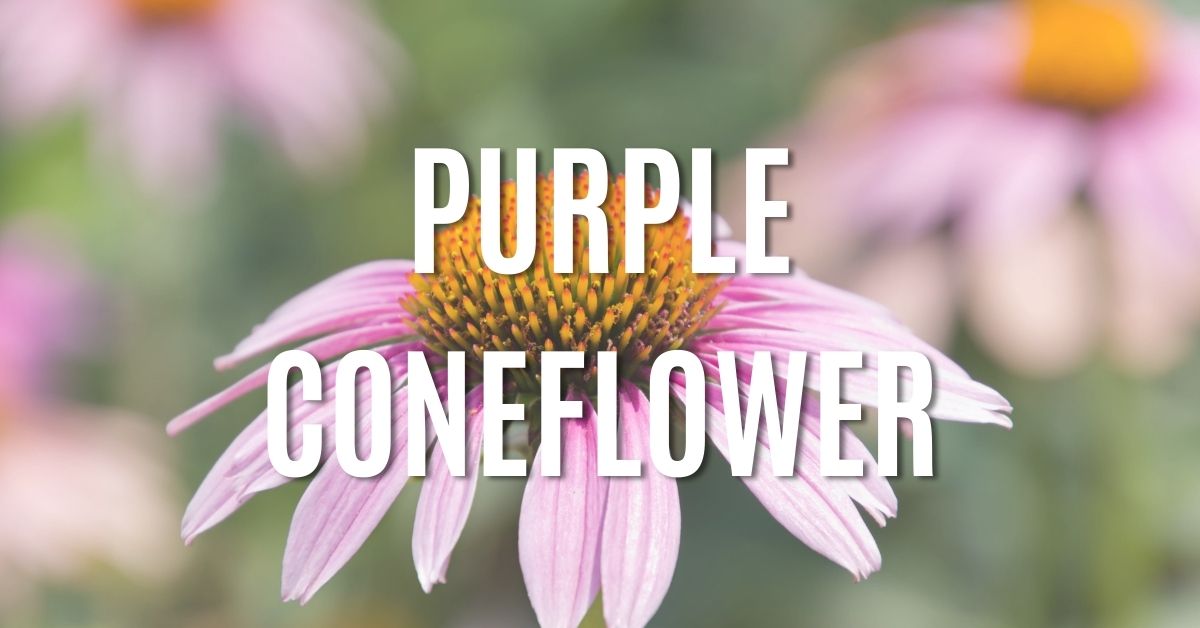
1. Purple Coneflowers
Purple coneflowers, also known as Echinacea, are native wildflowers that add so much color to meadows and flower beds across the country. They’re one of the easiest wildflowers to grow and spread naturally yearly.
These flowers do well in dry soil and don’t need much to thrive. And if you leave the dried seed heads in place, they’ll feed local birds all winter long.
Purple coneflowers make beautiful cut flowers, and some of the plant parts can even be used for medicinal purposes.
Get purple coneflower seeds here
|
USDA Zone |
3-9 |
|
Soil |
Well-draining; fertile loam or clay soil |
|
Sun |
Full |
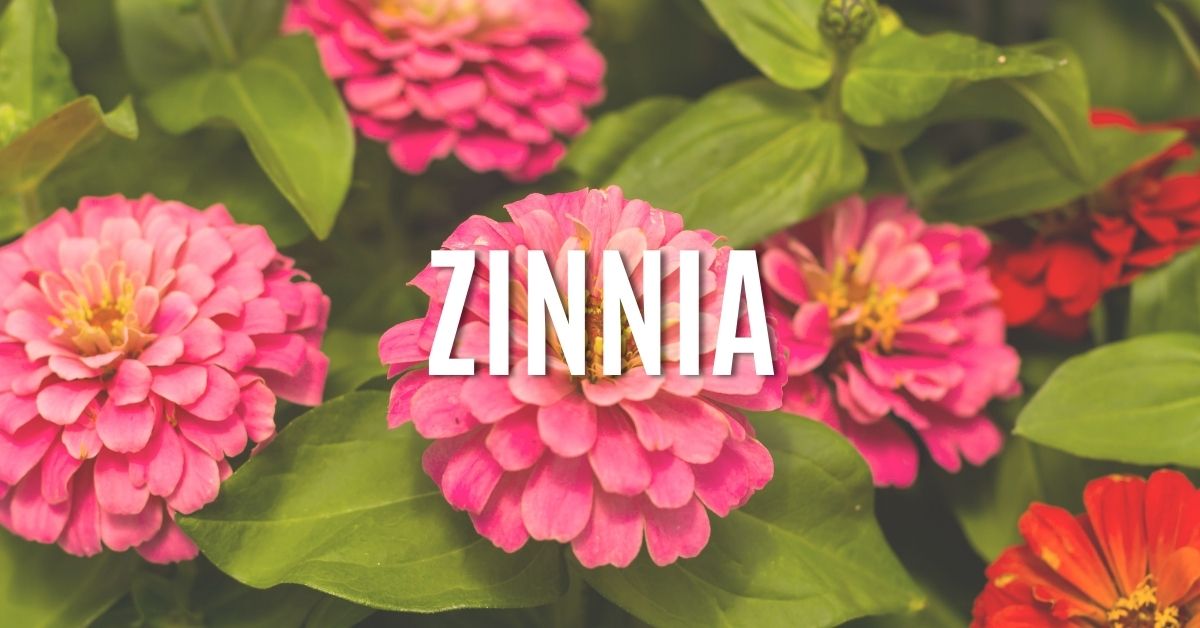
2. Zinnia
Zinnia’s gorgeous pink, red and orange flowers will brighten up your wildflower garden, and they’re so easy to grow that you’ll be planting them every year. They’re great for cutting, too.
While these flowers grow best in full sun, they can still tolerate part shade. Just be mindful that they may be more susceptible to disease if grown in part shade.
|
USDA Zone |
3-10 |
|
Soil |
Well-draining and fertile soil |
|
Sun |
Full |
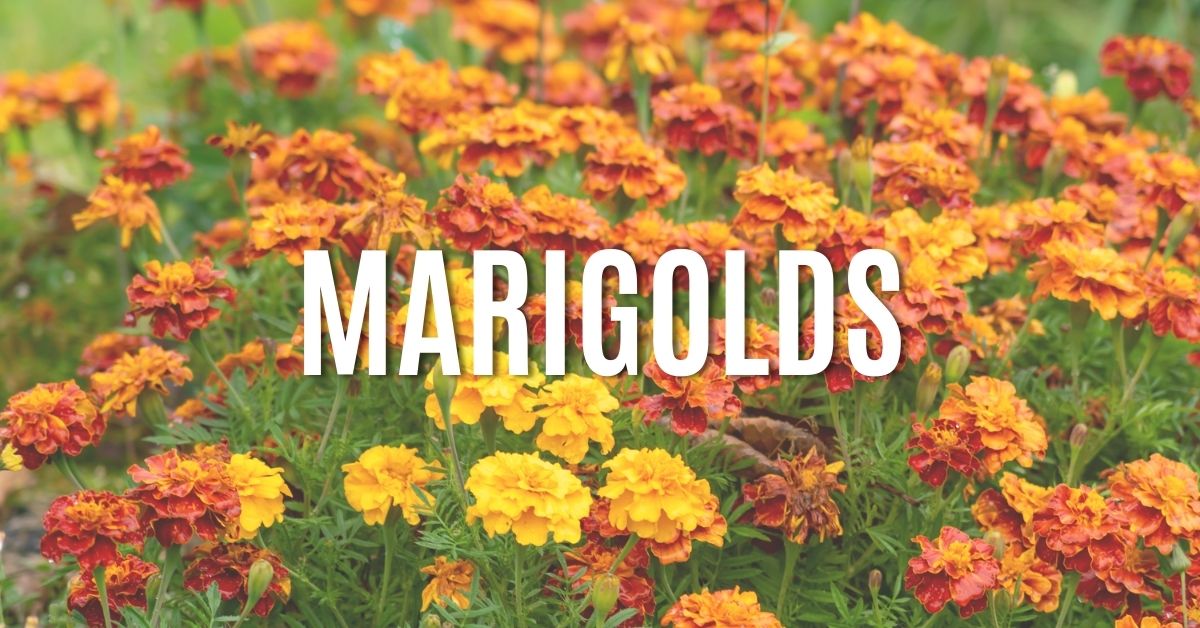
3. Marigolds
Marigolds are gorgeous flowers to grow in a summer garden, and they can tolerate summer heat well. These flowers do best in full sun and in well-draining soil. Otherwise, they are more prone to powdery mildew if the soil is too moist.
Fortunately, Marigolds have few pests, and they are excellent companion plants in the vegetable garden. In fact, they’re known to repel pests and can help you enjoy a bounty of fresh produce.
The Calendula variety of Marigolds has edible blooms that can add color and a little spice to your dishes.
|
USDA Zone |
2-11 |
|
Soil |
Well-draining, loamy soil |
|
Sun |
Full |
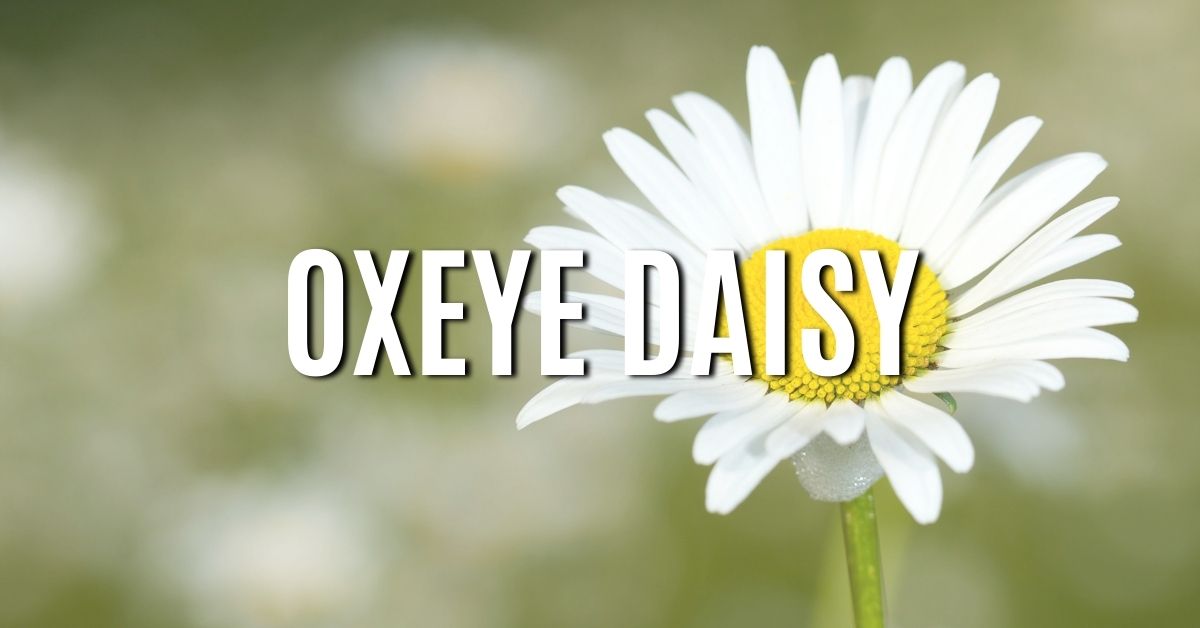
4. Ox-eye Daisies
Ox-eye daisies are cheery perennials that can bring life and beauty to any garden. Their mounding habit makes them a great option for filling in spaces in your garden bed.
Ox-eye daisies are also great for cutting and adding to bouquets.
These daisies love full sun, but they can also grow in part afternoon shade, particularly if planted in humid climates. Let the soil dry out in between waterings to keep your flowers healthy.
This variation of the daisy spreads via rhizomes and self-seeds, so they can easily fill a garden.
|
USDA Zone |
3-8 |
|
Soil |
Well-draining; coarse to medium |
|
Sun |
Full to part shade |
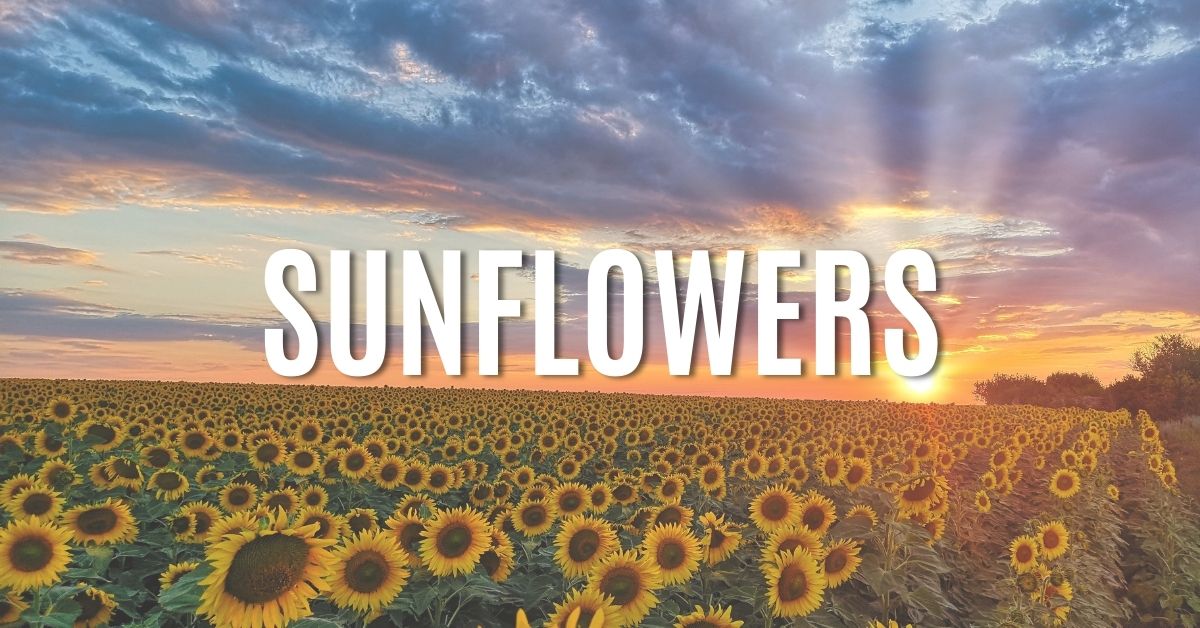
5. Sunflowers
Beloved for their bright blooms, sunflowers are easy-to-grow wildflowers that will add cheer and beauty to your garden. They’ll also attract beneficial insects, hummingbirds, butterflies and other birds.
Because these beauties grow tall, be sure to plant them in the back of your bed along a wall or fence. Otherwise, they may block out the sun for other plants in your garden.
|
USDA Zone |
4-9 |
|
Soil |
Well-draining; nutrient-rich soil |
|
Sun |
Full |
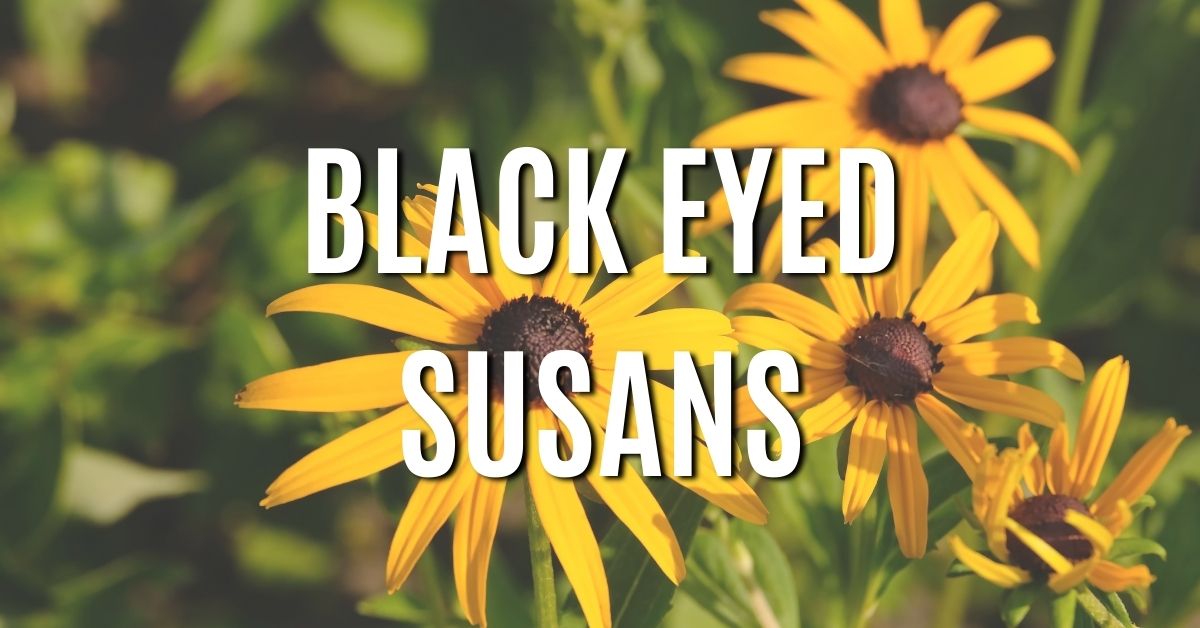
6. Black-Eyed Susan
Black-eyed Susans are pretty native wildflowers that will add a striking yellow color to your garden.
One great thing about these flowers is that they’re relatively drought-tolerant. Once they’re established, they do not need extra water.
Black-eyed Susans attract butterflies and other beneficial pollinators, so they’re a great addition to any garden.
Get Black-eyed Susan seeds here
|
USDA Zone |
3-9 |
|
Soil |
Virtually any soil – except soggy |
|
Sun |
Full to part sun |
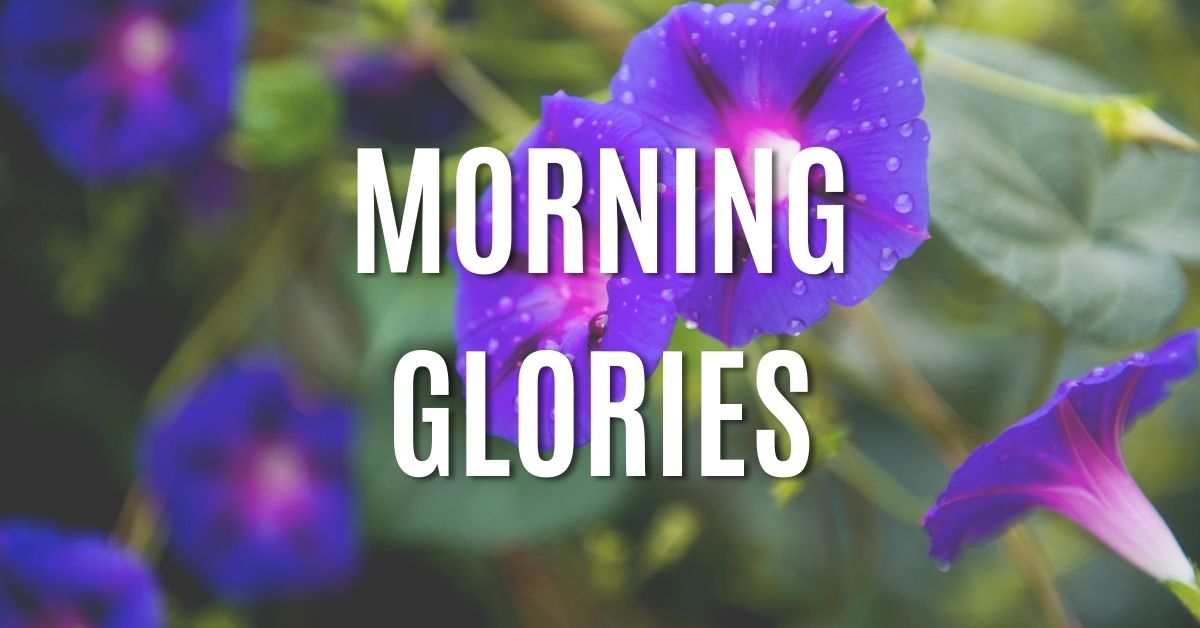
7. Morning Glories
Morning glories come in a variety of colors – blue, pink, white and purple flowers. They’re climbing vines, which makes them an interesting addition to any wildflower flower bed. Let them climb up trellises, arches or pergolas to add color and beauty to different areas of your backyard.
Best of all, these flowers are low maintenance. However, they aren’t very tolerant of droughts, so be sure to water more often during dry periods. Mulch can help retain moisture and prevent weeds.
These plants will reseed themselves unless you pinch off the flowers.
|
USDA Zone |
2-11 |
|
Soil |
Moist and well-draining |
|
Sun |
Full |
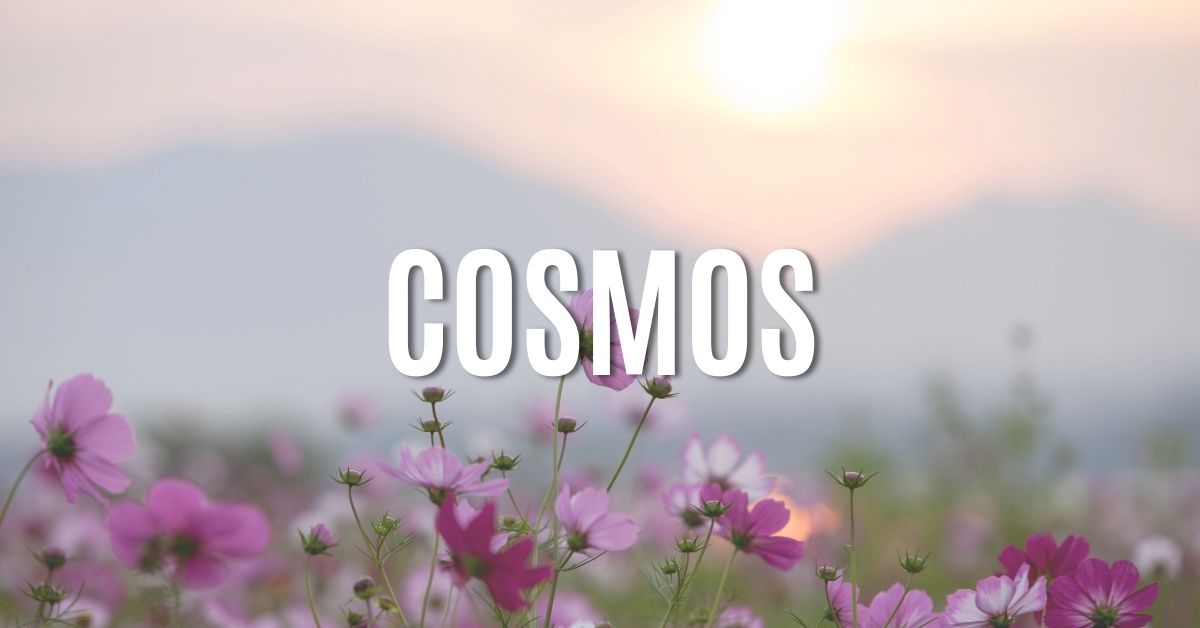
8. Cosmos
With cosmos, you can add purple, orange, white and pink flowers to your garden. And you can add all of this beautiful color with minimal maintenance.
Cosmos can also attract butterflies, birds and other beneficial visitors.
These flowers can tolerate dry, warm weather and can even be drought-tolerant. Be mindful that these beauties can grow to be quite tall, so they may need staking. These flowers self-seed, too, so remove the flowers before they go to seed if you want to control their growth.
|
USDA Zone |
2-11 |
|
Soil |
Neutral to alkaline |
|
Sun |
Full |
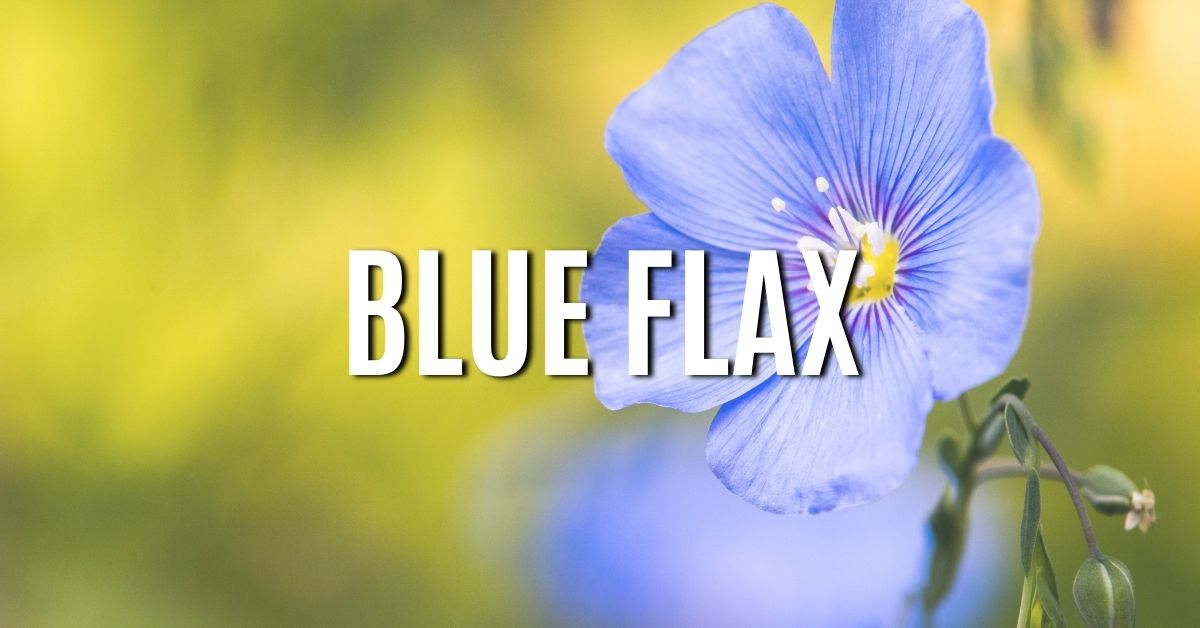
9. Blue Flax
Blue flax will add a beautiful periwinkle color to your garden. These easy-going flowers are native to Europe, particularly England and the Alps, but they’ve spread throughout North America.
Blue flax is great for rock gardens, and they’re even deer and rabbit resistant. They’re bee-friendly and can grow to be 18-30″ tall.
While these flowers love full sun, they can tolerate some shade.
|
USDA Zone |
3-8 |
|
Soil |
Loamy, sandy soil |
|
Sun |
Full |
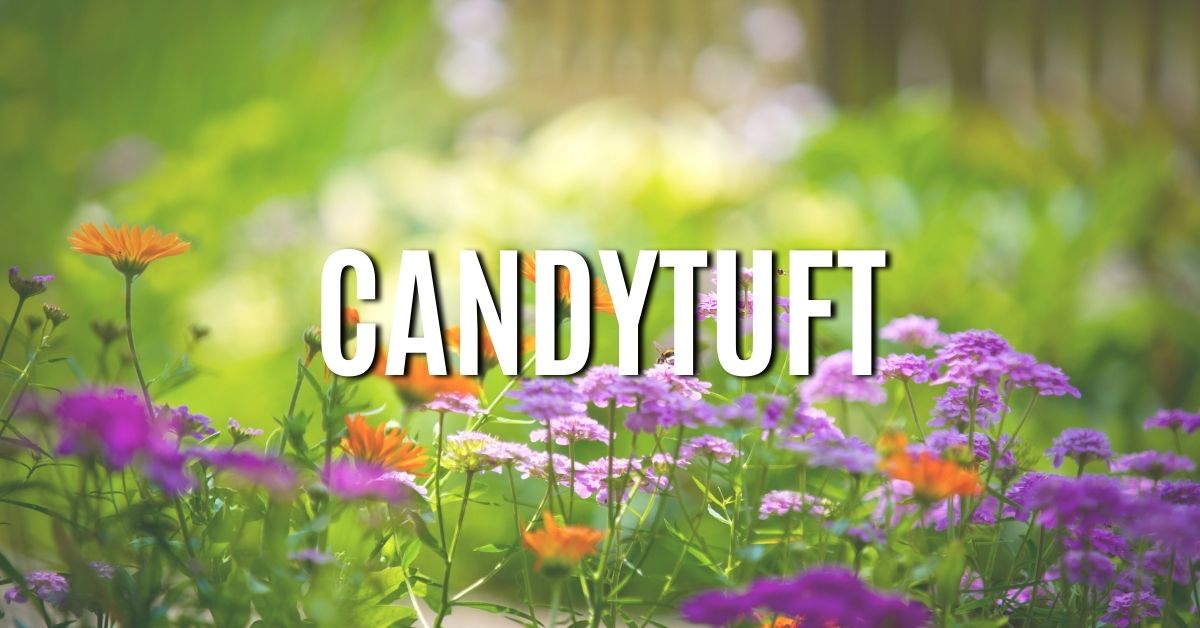
10. Candytuft
Candytuft flowers are native to Europe and are a low-maintenance, easy-growing option for any wildflower garden.
They prefer well-draining soil and plenty of sunlight for full blooms. Cut them back after they bloom to encourage new growth and promote a compact habit. These flowers grow along the ground, so you can divide them up and transplant them in your garden to add pops of color here and there.
Candytuft is a perennial, and its flowers come in white, pink and purple varieties.
|
USDA Zone |
3-9 |
|
Soil |
Well-draining, moist soil |
|
Sun |
Full |
These are some of the easiest wildflowers to grow. They’ll add beautiful color to your garden, and many are self-seeding, so you can enjoy them year after year.
Rene is a creative, little gnome. When she's not diving deep into research on health and wellness, she's spending here time out in nature, growing her homestead, photographing wildlife, doing yoga or enjoying a zen (depending on the day) moment with her fur babies. And on top of all of that, she's a professional writer by day, helping businesses around the world grow.

